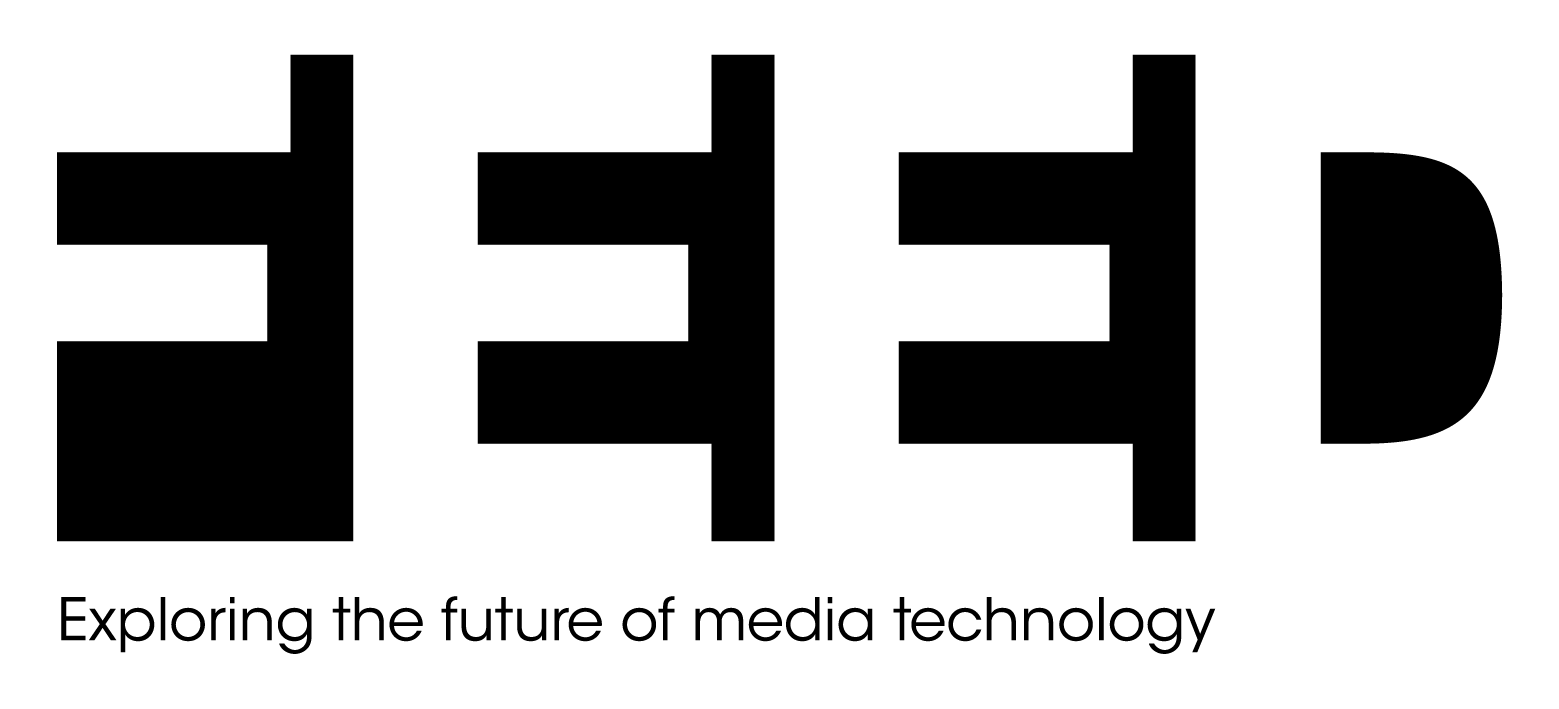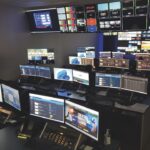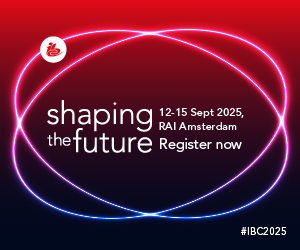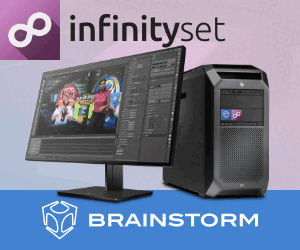Sony: Creativity connected

Posted on May 12, 2025 by FEED Staff
The media industry is rapidly changing. Which direction should businesses go to get ahead of demand?
Sponsored editorial
A profound shift is taking place in the media industry, with companies moving away from traditional physical methods to adopt new digital-first workflows. Driven by advancements in personalisation technologies, AI, 5G and the cloud, these innovations are extending beyond enhanced efficiency, reshaping the way stories are told, managed and distributed.
While the buzz surrounding these technologies has raised key questions about the future of media and entertainment, adopting new processes alone is not enough to stay competitive – especially considering the growing demands of modern media consumers.
The next phase of successful business transformation calls for a cultural shift that incentivises innovation and creative thinking.
The impact of streaming culture
Media consumption has changed in the last five years. Audiences are now inundated with technological excess and are demanding more content than ever before. High-quality entertainment is expected whenever and wherever possible.
According to GWI, 43% of surveyed TV consumers admit they binge-watch more than three episodes of a show at a time, whereas only 19% prefer streaming a series with scheduled weekly releases. This on-demand way of viewing has left media companies in a constant battle to keep up with the unrelenting pace of change. The problem is that this momentum shows no signs of slowing down anytime soon.
The power of creative thinking in media operations is more apparent than ever. According to a recent study, 70% of surveyed companies believe creative thinking will become an increasingly critical skill in the upcoming years. Why? Because a monumental challenge like this needs to be turned on its head, and it is creative thinking – taking on a completely new perspective to problem solving – that can help media companies overcome the mire.
That being said, it’s time for media companies to reimagine their approach to transformation within their business to secure a resilient and sustainable future.
Get equipped for media’s latest evolution
With major technological transitions taking place – from Hybrid SDI/IP to Hybrid Ground/Cloud – it can be easy to take the ‘big bang’ approach to business transformation. Sony, however, is aware of the significant investment organisations have in their existing infrastructure. It can help you find a way to embrace the new while maximising return on existing systems.
The first step is to identify the key business challenges and adopt a growth mindset. This means distancing from linear thinking and stepping outside the traditional operational business framework.
Upgrade and reinvent processes
In fast-paced environments, media companies need workflow solutions, streamlining tasks so the workforce can focus on more creative and strategic initiatives. Technologies are becoming more accessible and, when integrated in the right way, provide businesses with the opportunity to reinvent their processes, unlocking operational efficiencies, new revenue streams and alternative ways to tell stories.
To no surprise, AI has been a popular contender for these process upgrades, automating mundane tasks like speech-to-text subtitling, captioning and translating. In this context, it can revitalise an astounding amount of archive content, which otherwise wouldn’t have been financially feasible. With these changes, larger audiences can enjoy previously inaccessible media, expanding reach and inclusivity.
5G is another technology transforming live broadcasting by reshaping production workflows, especially in live coverage. Broadcasters are using 5G to unlock new storytelling angles, including point-of-view perspectives in competitive sports, made possible by innovative camera placements.
Establishing a growth mindset
Equally important as technology integration is encouraging a culture of experimentation and adaptability in the workplace. Cultivating an agile culture can have a positive effect on a business’s ability to react to industry challenges in a timely manner. This flexibility will be critical to navigating the landscape as it continues to shift.
During the Covid-19 pandemic, we saw production teams react with incredible speed. Despite sets becoming constrained by regimented safety protocols, these creative teams banded together to find alternative production techniques and continue filming. In this, cast members would perform in front of giant LED screens displaying 3D location imagery. Then, using game-engine software, post-production could weave these elements together into clear, cohesive visuals.
While these challenges originally created significant barriers, it was the push necessary to create fast-tracked technological advances, resulting in essential practices that would extend beyond the pandemic.
By working with the grain and empowering the workforce to develop creative problem-solving abilities, media companies can forge a culture where people learn from one another and respond to the various challenges thrown in their direction.
Creative thinking: The way to go for media companies
To succeed in the demanding age of binge-watching and instant access, creative problem solving is the ultimate catalyst for innovation. However, it’s important to note that there is a balance to be met. For creativity to realise its potential, it should be directed in the right way to meet the preferences and needs of today’s customers. This means finding ways to do more with less and discerning between chasing trends and authentic storytelling.
When it comes to technology, the way you implement it is what really counts. Media companies should thoroughly evaluate and strategise new tech integrations, asking questions like: What problem does this address, and is there a better way to overcome it? With on-hand expertise, Sony can help media companies navigate these integrations and transformations.
By strategically embracing both tech and creative problem solving, media organisations can go beyond the status quo and prepare for a sustainable future, redefining how stories are told and distributed.
Sony made an appearance at NAB Show this year to showcase its creativity!
This feature was first published in the Spring 2025 issue of FEED.









